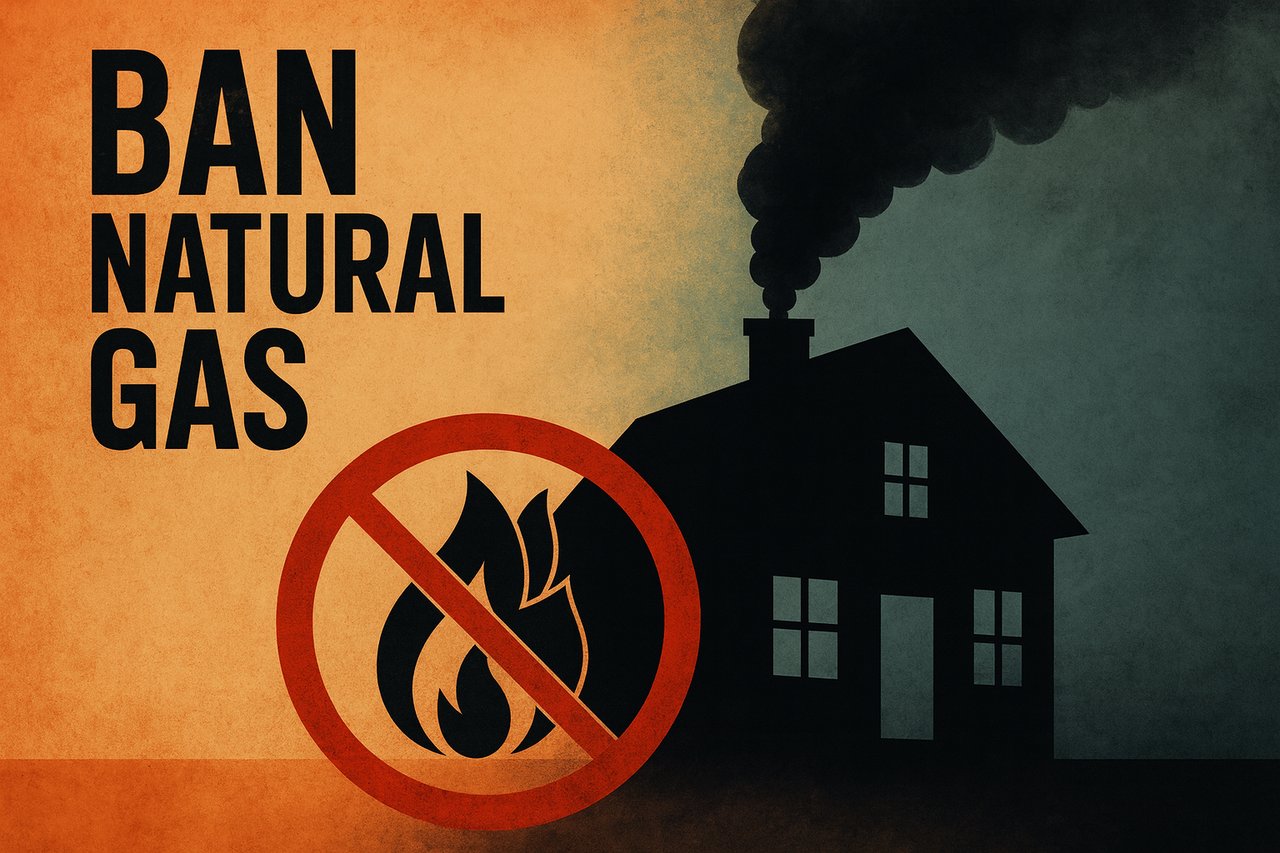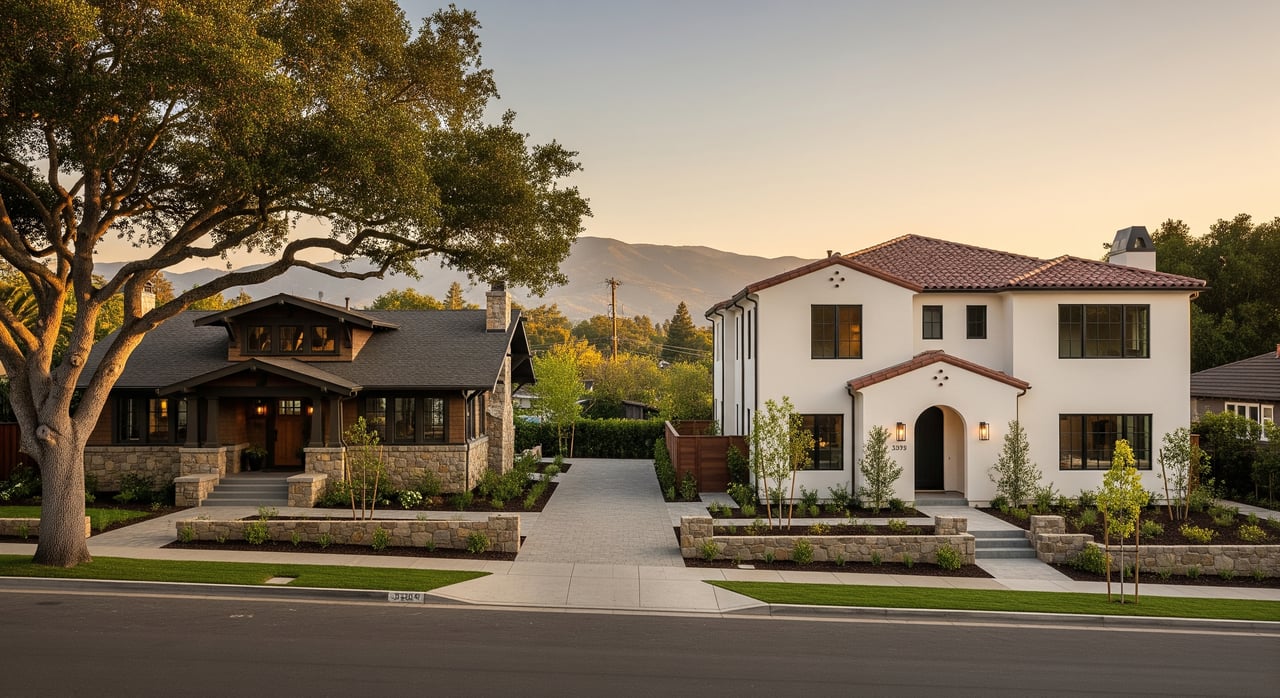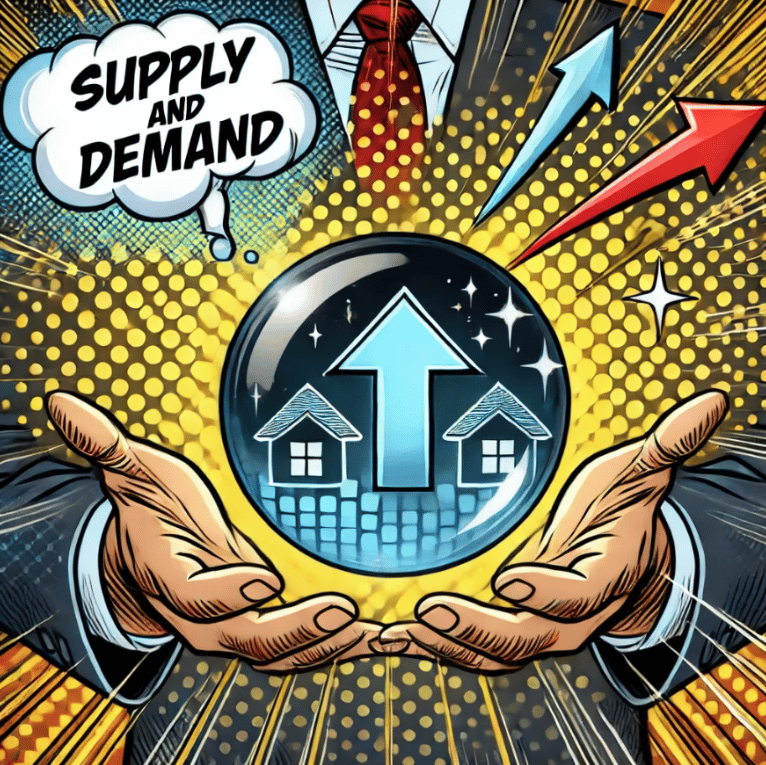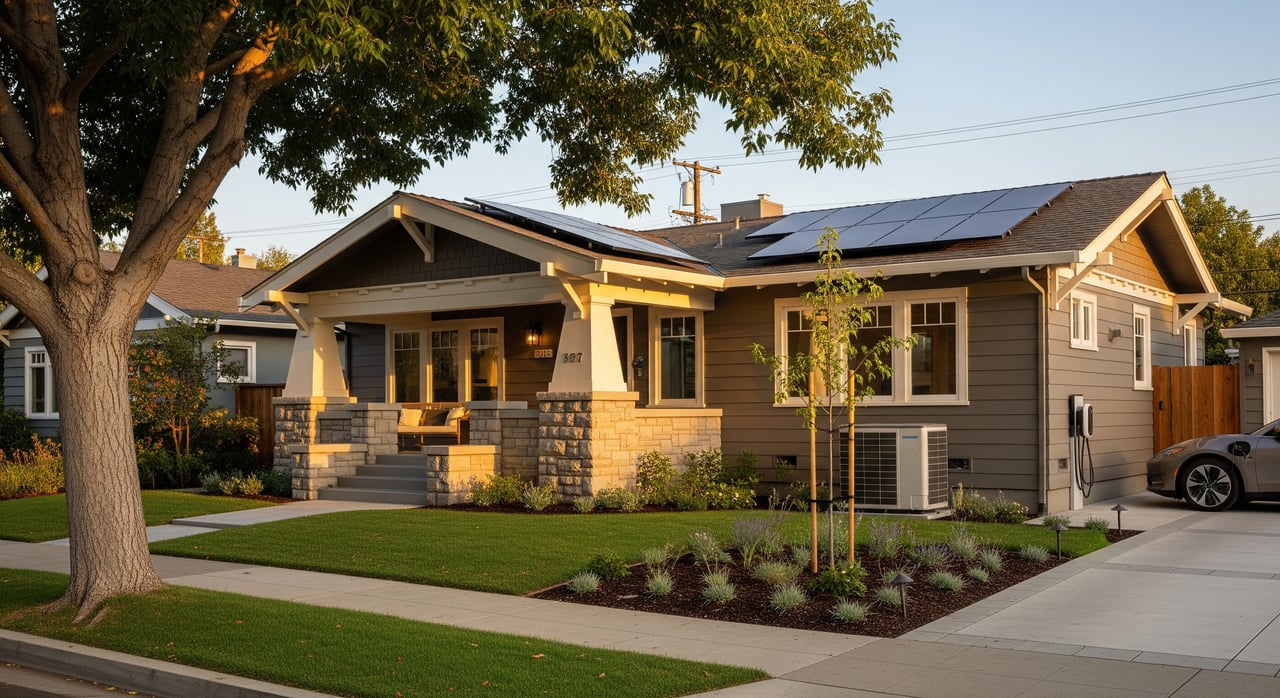The Bay Area’s Push to Ban Natural Gas in All Homes – What Homeowners Need to Know
Over the past few years, California has taken bold steps toward reducing greenhouse gas emissions and improving air quality, and the Bay Area has been at the forefront of these efforts. In March 2023, the Bay Area Air Quality Management District (BAAQMD) adopted new rules that will soon ban the installation of natural gas furnaces and water heaters in existing homes…not just in new construction. These rules, part of BAAQMD’s broader clean air strategy, apply to all nine counties in the region and have strict deadlines. Starting January 1, 2027, homeowners will no longer be able to replace a broken water heater with a gas model. By January 1, 2029, the same rule will apply to gas furnaces. Even sooner, beginning January 1, 2026, home sellers will be required to disclose these bans and the potential need for costly electrical renovations to buyers.
The intent behind these regulations is rooted in public health and environmental goals. Natural gas appliances emit nitrogen oxides and other pollutants that contribute to smog, poor indoor air quality, and related health risks. By transitioning to zero-emission electric appliances, BAAQMD projects significant long-term health and climate benefits. While these objectives are important, the practical impact on homeowners, especially those with older homes, cannot be ignored.
Electrifying a home is far more complex than swapping out an appliance. For many properties, it requires major electrical system upgrades. Replacing a standard electrical panel can cost between $10,000 and $15,000 if the wiring is above ground, and as much as $50,000 if the utility transformer is located farther away, such as across the street. Adding 220-volt outlets and rewiring for new appliances can add another $10,000 to $30,000 or more. In some older homes, the total cost to convert to all-electric can exceed $100,000. These figures don’t just come from rare, extreme cases, they’re estimates shared by electricians, utility providers, and homeowner advocacy groups like Too Costly Bay Area.
Beyond the expense, there’s also the risk of disruption. If a water heater fails in 2027 and your electrical system isn’t ready for an electric replacement, you could be without hot water for weeks, or even months, while waiting for contractor availability and PG&E permitting. For many families, seniors, or those with limited budgets, this scenario could be especially stressful.
There are some incentives on the table, such as federal tax credits and state rebates for heat pumps and electric water heaters, but they often cover only the cost of the appliance itself, not the substantial electrical upgrades many homes will require. This gap means that, for a large number of homeowners, the upfront cost will remain significant.
It’s clear that clean energy goals and improved air quality are worthy aims, but a fair and realistic path forward must account for the financial and logistical realities of Bay Area homeowners. That means advocating for expanded incentives that include infrastructure upgrades, creating flexible timelines for compliance, especially for older or low-income households and ensuring emergency exceptions so families aren’t left without heat or hot water.
What Homeowners Can Do Now
If your furnace or water heater is nearing the end of its life, consider making a plan now, before the deadlines arrive. Get estimates for potential electrical upgrades, learn what rebates or tax credits you might qualify for, and talk with trusted contractors about your options. To stay informed, sign up for updates from BAAQMD and groups like Too Costly Bay Area, which are actively working to repeal or modify the rules. Homeowners can also contact local city council members, county supervisors, and state representatives to share personal cost concerns and urge them to support policy changes. Joining advocacy coalitions, attending public meetings, and submitting public comments are all ways to ensure your voice is heard. The sooner you prepare, the more flexibility you’ll have to both protect your comfort at home and to help shape how these rules are implemented.
The Bay Area’s transition away from natural gas will have long-lasting effects on our communities and housing market. While the vision is a cleaner, healthier future, it’s critical that this transition is supported by policies and programs that keep it affordable and achievable for the people who call the Bay Area home.




